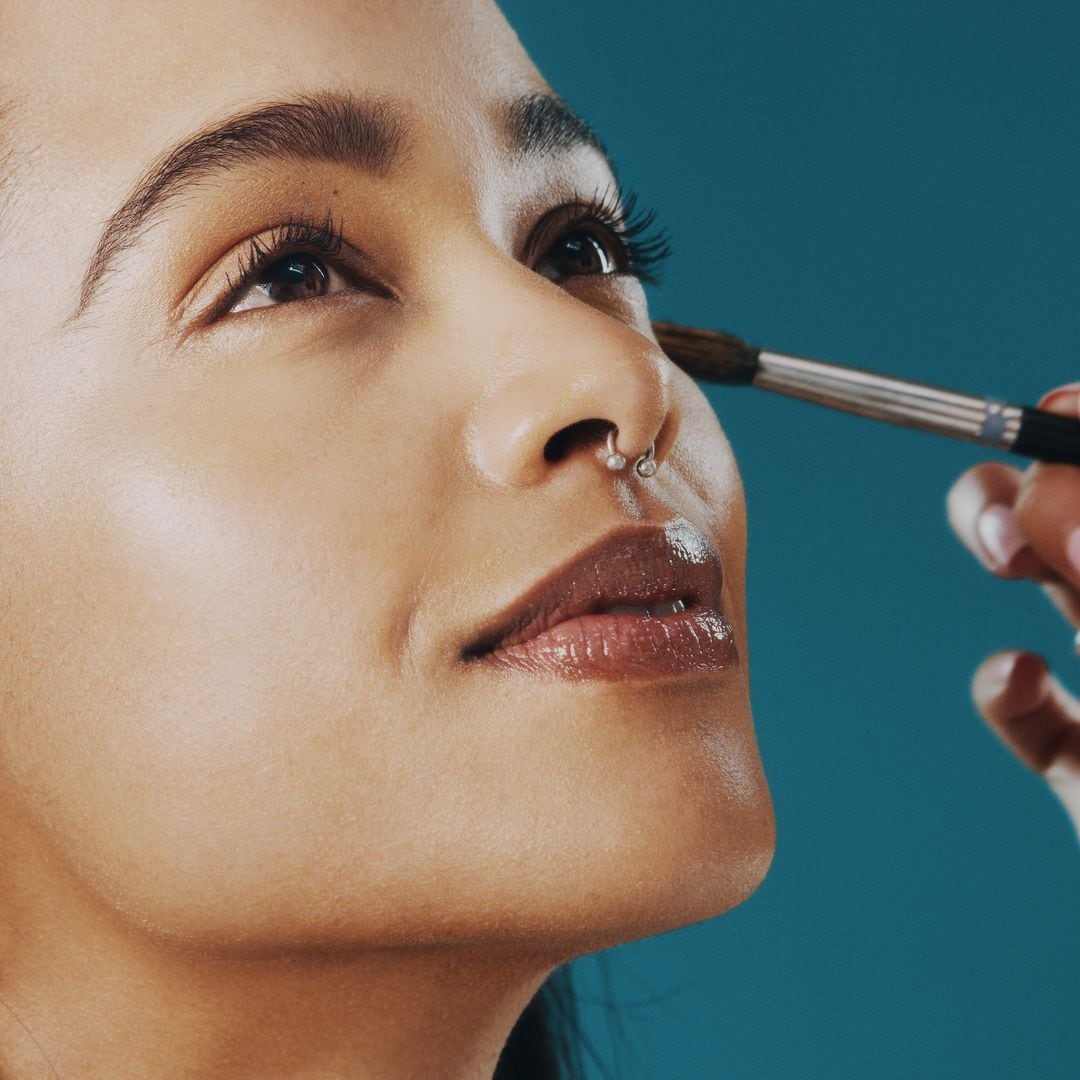When it comes to finding the perfect foundation, Latinas sometimes face a major dilemma. Like many women of color, shade matching can be an overwhelming experience. Thankfully, fellow makeup enthusiast Shawn Towne is providing us with a foundation match cheat sheet. Jane Iredale Makeup’s global makeup artist gave us some major pro-tips on figuring out our perfect match.
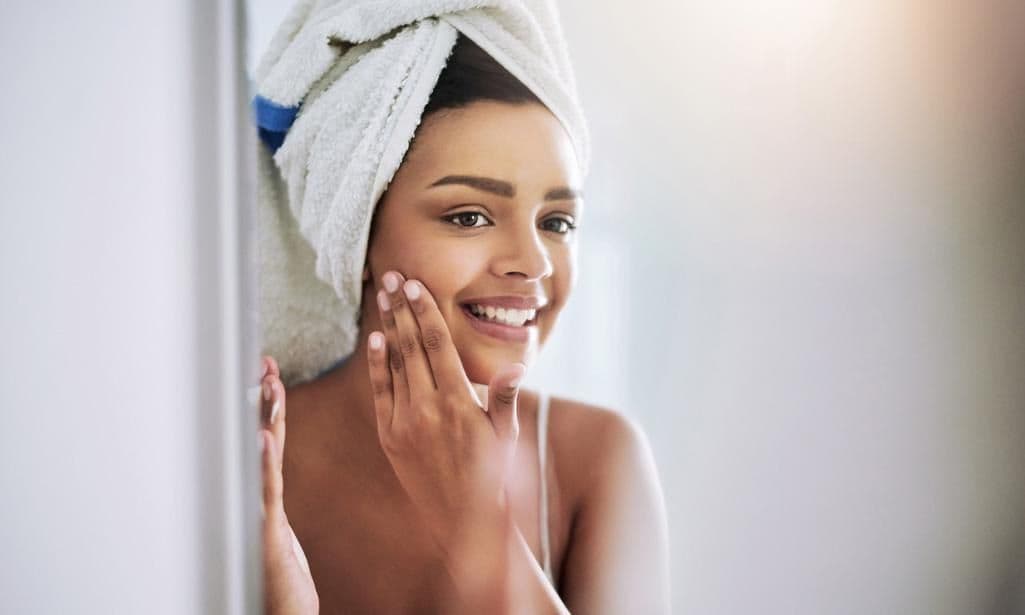 © iStock
© iStockKnowing your skin type
In the past, you had to be careful with some foundations because the pigment would change on those with oily complexions. Luckily, the newer and more technologically advanced foundations stay true on the skin whether your normal, oily or dry.
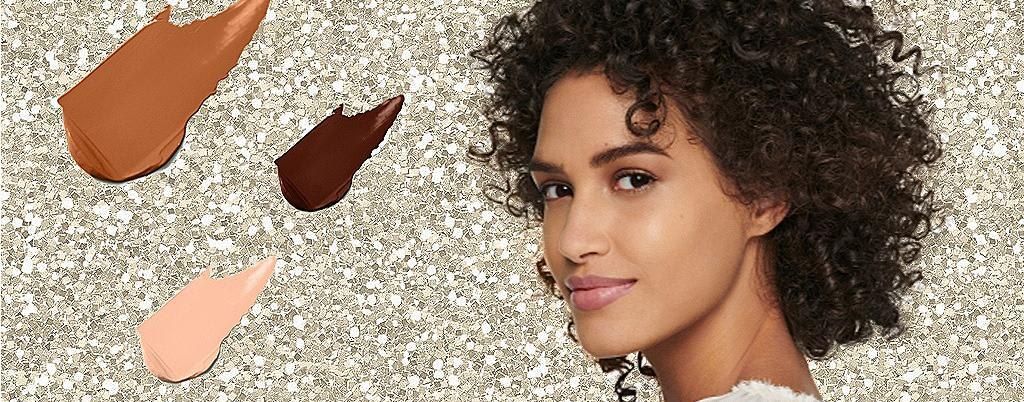 © Jane Iredale
© Jane Iredaleperfect-foundation-match
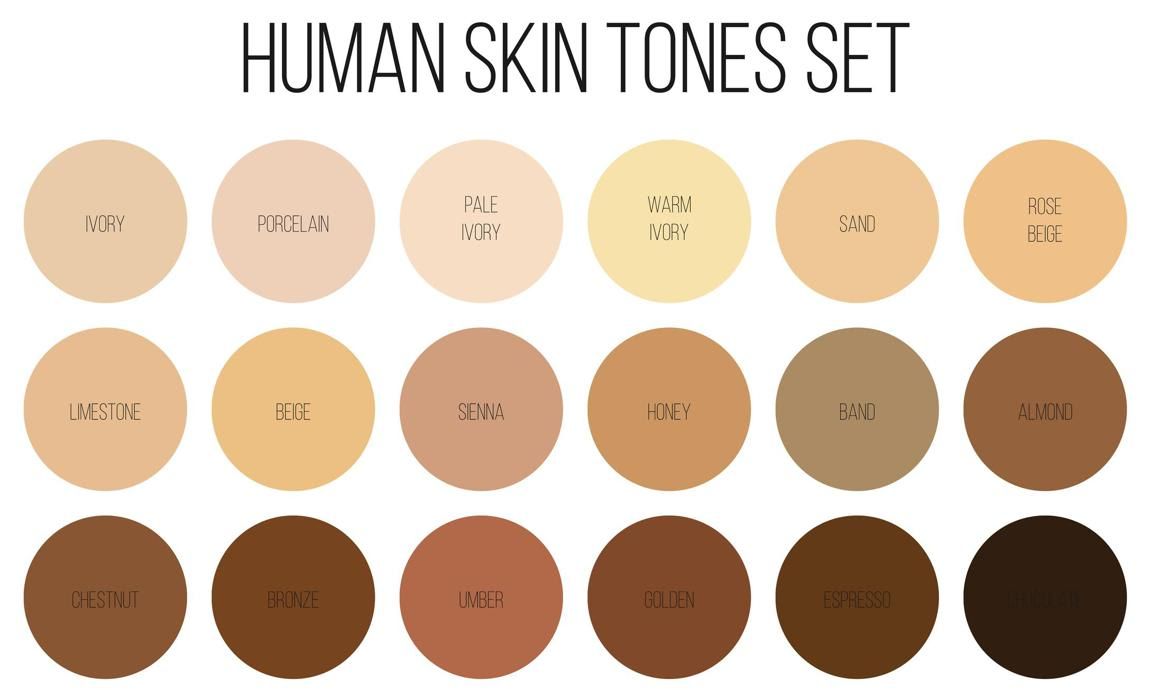 © iStock
© iStockUnderstanding Your Undertone
When looking at your skin, chances are you might see hints of pink, peach or yellow tones. A cool complexion has more pink, a warm complexion has more yellow and a neutral complexion has equal amounts of both pink and yellow. For those with excess redneess, a more warm or yellow foundation will help to neutralize the skin.
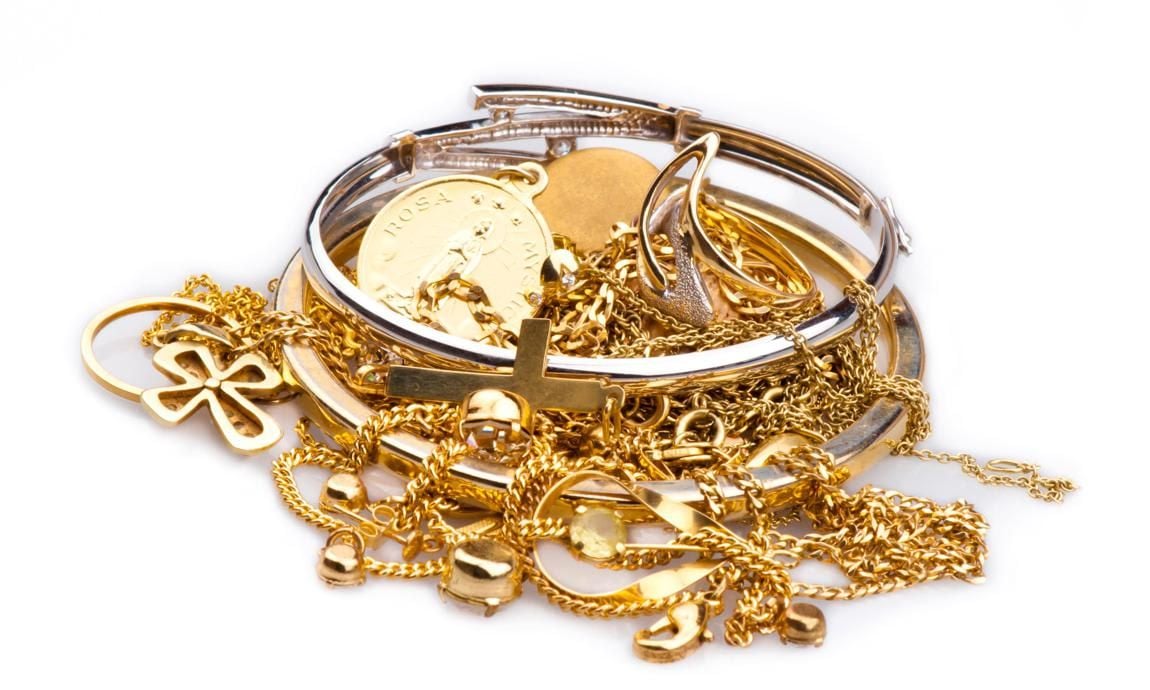 © iStock
© iStockEmbrace the natural lighting!
We often think we must have a specific type of light to properly color match ourselves, but whether your light is cool or warm, it will cast on the makeup the same as it does on the skin. The most important rule for lighting is not what type to use but whether there is enough. With that said, my favorite light for color matching is genuine daylight from a window. The jewelry you wear does not matter at all.
 © iStock
© iStockWhat body part is the best place to swatch?
This is such an important question. So often people think they should swatch on the wrist, even worse, the underside of the wrist where the sun doesn’t hit. It is important to remember that the wrist or arm are not good representations of the color of our face. If you want to match the face, you need to use the face. This means removing the foundation you have on and making a stripe from the middle of the cheek to just below the jawline. Good artists typically make at least three stripes with three different undertones of the same depth to see which color blends best.
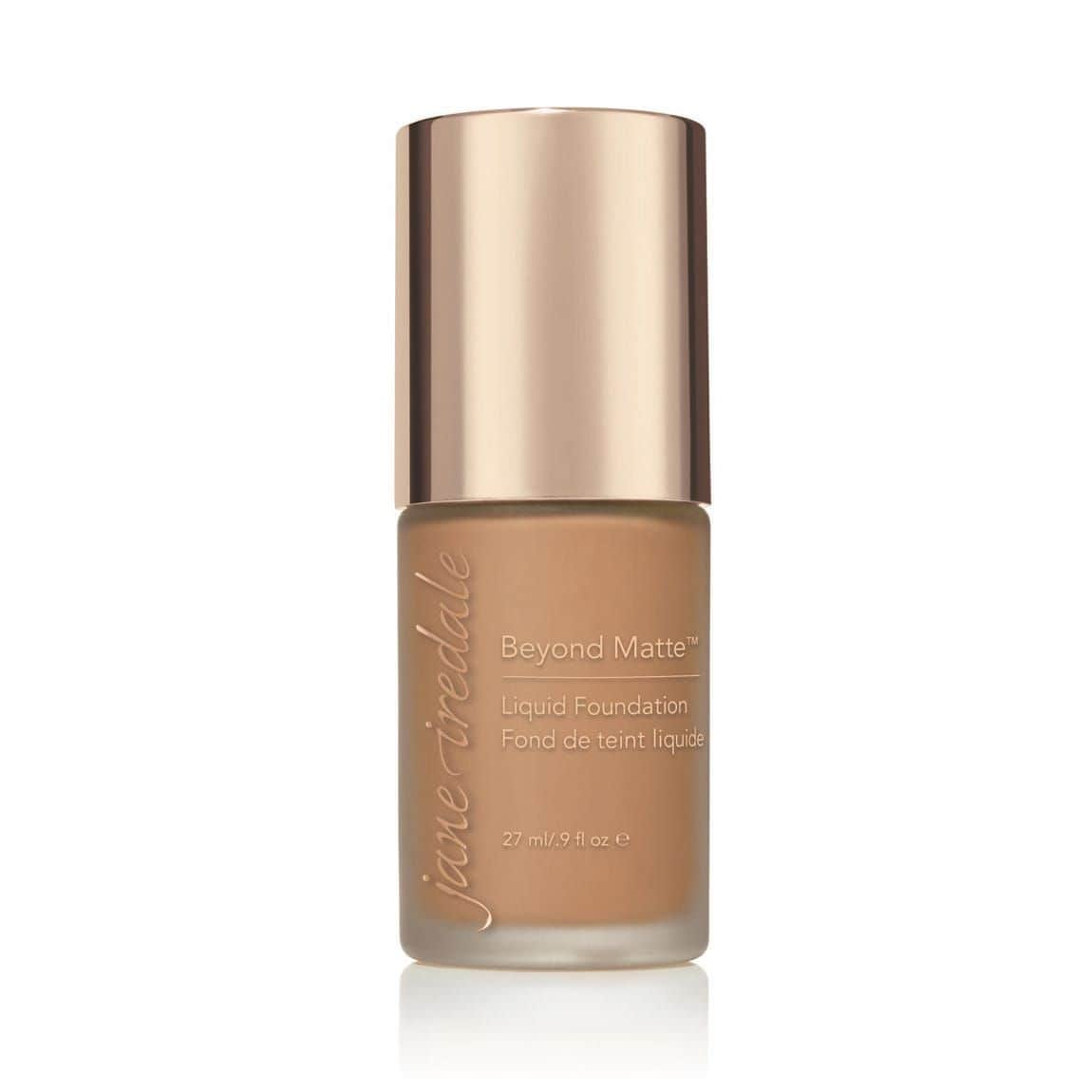 © Jane Iredale
© Jane IredaleKeep an eye out for buildable coverage
With traditional foundations, opacity has played a large role in how well foundations matched the skin. The more coverage the foundation had, the more closely we had to match. But now, there are new technologies in foundations that allow formulas to mimic the skin’s undertone through self-adjusting ingredients. Our new Jane Iredale Beyond Matte Liquid Foundation is a perfect example. Through key ingredients in the formula, the pigment of the foundation literally adjusts to the skin’s undertone creating a seamless match. One good tip I can give is to look for a foundation with buildable coverage – a formula that can you can start with a sheer amount and then apply more if needed. Consumers often apply more coverage than they actually need when, in reality, we get our best results by going sheer to start and then applying more coverage just to specific areas rather than all over.
,type=downsize)




